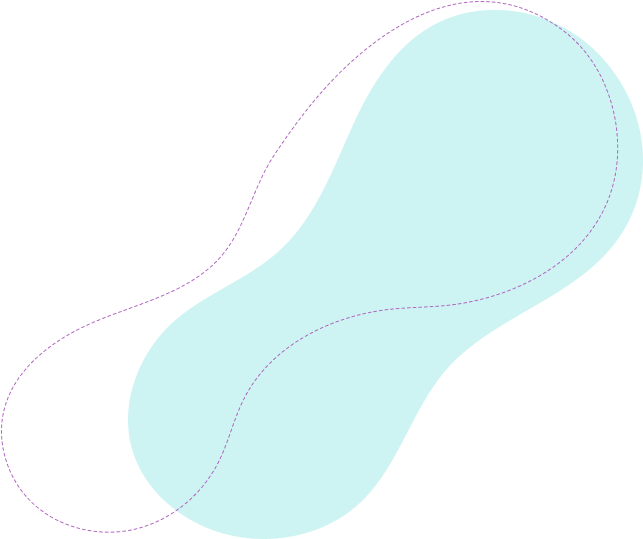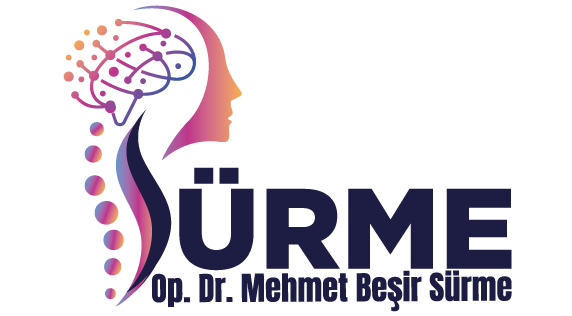Pediatric Neurosurgery
- Op. Dr. Mehmet Beşir Sürme
- Pediatric Neurosurgery


Congenital Anomalies
Congenital Brain and Spinal Cord Development Disorders
It is the surgical correction of brain or spinal cord malformations that occur during fetal development in infants. These include anomalies such as spina bifida, meningomyelocele, and encephalocele. The goal is to protect nerve tissue and prevent loss of function.
Hidrosefali Cerrahisi
Brain Fluid Accumulation Surgery
It is the procedure of draining excess fluid through a shunt when cerebrospinal fluid increases due to circulation or absorption disorders. It aims to prevent head enlargement and pressure increase in infants.
Pediatric Tumor Surgery
Childhood Brain and Spinal Cord Tumors
It involves the removal of benign or malignant brain and spinal cord tumors in children using microsurgical or endoscopic techniques. Tumors such as medulloblastoma, astrocytoma, and ependymoma are particularly common. Radiotherapy or chemotherapy may be required after surgery.
Epilepsy Surgery
Surgical Treatment for Refractory Epilepsy
İlaç tedavisine yanıt vermeyen epilepsi hastalarında, nöbetlerin kaynağının belirlenerek o bölgenin cerrahi olarak çıkarılması veya nöromodülasyon yöntemleri ile kontrol altına alınmasıdır.
Spinal Dysraphism Surgery
Spinal Closure Defect Surgery
It is the correction of anomalies that develop as a result of the spinal cord and surrounding structures not closing completely at birth using microsurgical techniques. Performing this procedure early is critical for preserving neurological function.
Traumatic and Infectious Surgeries
Interventions Related to Trauma and Infections in Childhood
It covers surgical treatments for head injuries in children, nerve damage occurring during birth, or complications developing after meningitis.
- International Experience
- Modern and Innovative Treatments
- Scientific Competence
- Trust and Patient-Centered Approach

His outstanding expertise in the field of neurosurgery, in Rome At Agostino Gemelli Hospital received Pediatric Brain Surgery has been crowned with fellowship training. This advanced expertise, particularly in childhood cases, is combined with innovative and sensitive treatment approaches. In his clinical practice functional neurosurgerycomplex spinal surgery, 3D printer-assisted cranioplasty and Gamma Knife radiosurgery gibi çağdaş yöntemleri başarıyla uygulayarak hastalarına kişiye özel, en güncel çözümleri sunar. Bilimsel yetkinliğini uluslararası dergilerde yayımlanmış 10’dan fazla makale ve 40’tan fazla atıf ile kanıtlayan bilimsel bilgiyi sürekli olarak klinik pratiğe taşımaktadır. Tüm bu teknik yetkinliğin merkezinde ise open communication, empathy and is based on a strong ethical understanding of medicine; it has adopted as a fundamental principle the management of its patients' treatment process in a safe and transparent manner at all times.
Frequently Asked Questions About Pediatric Neurosurgery
Why Do Congenital Anomalies Such as Spina Bifida and Meningomyelocele Require Emergency Surgery?
In congenital spinal cord disorders such as Spina Bifida and Meningomyelocele, the nerve tissue is often exposed or compressed. Early surgical intervention is vital to protect exposed nerve tissue, prevent the risk of infection, and most importantly, minimize potential loss of function (paralysis, loss of sensation) in the child's legs. Surgery aims to preserve neurological function by correcting spinal cord closure defects.
How Does a Shunt System Work in Treating Hydrocephalus (Fluid Buildup in the Brain) in Children?
Hydrocephalus is an increase in intracranial pressure resulting from an imbalance in cerebrospinal fluid. It can lead to head enlargement and brain damage, especially in infants. A shunt system is a thin tube and valve system that removes this excess fluid from the brain and directs it to a safe area of the body, usually the abdominal cavity (peritoneum). This procedure immediately normalizes intracranial pressure, protects the brain, and helps alleviate symptoms.
What is the Role of Surgical Intervention in the Treatment of Childhood Brain Tumors?
Surgery is the first and most critical step in the treatment of brain tumors (medulloblastoma, astrocytoma, etc.) seen in children. Our goal is to remove the tumor as completely as possible using microsurgical or endoscopic techniques. Tumor removal both confirms the diagnosis and improves the patient's overall condition by reducing intracranial pressure. Depending on the type and condition of the tumor, additional treatments such as radiotherapy or chemotherapy may be administered to support post-surgical care.

CORRECT DIAGNOSIS CORRECT TREATMENT
We proudly offer scientific and high-quality treatments.
Approach in accordance with International Standards
International Standards Approach: With its experience in pediatric brain surgery in Rome and numerous scientific publications, it applies evidence-based medicine in every treatment.
Patient-Centered Care
They personalize treatment plans according to their patients' needs, providing reassuring and transparent communication throughout the process.



